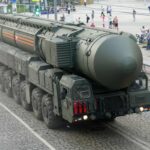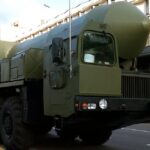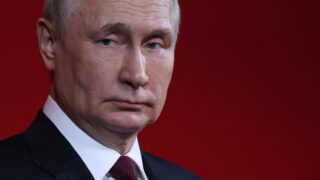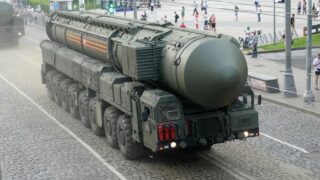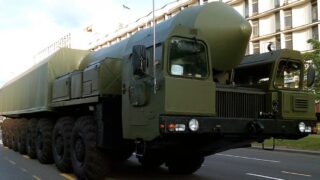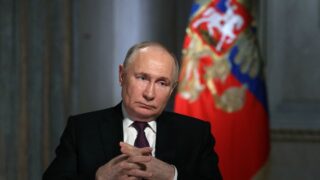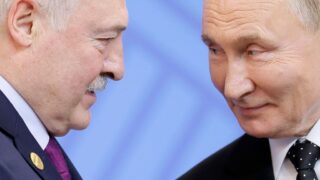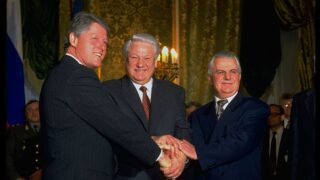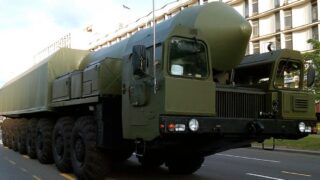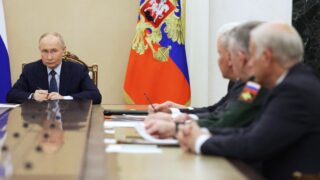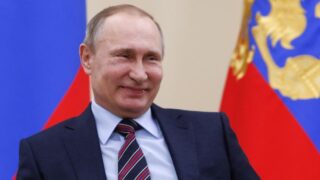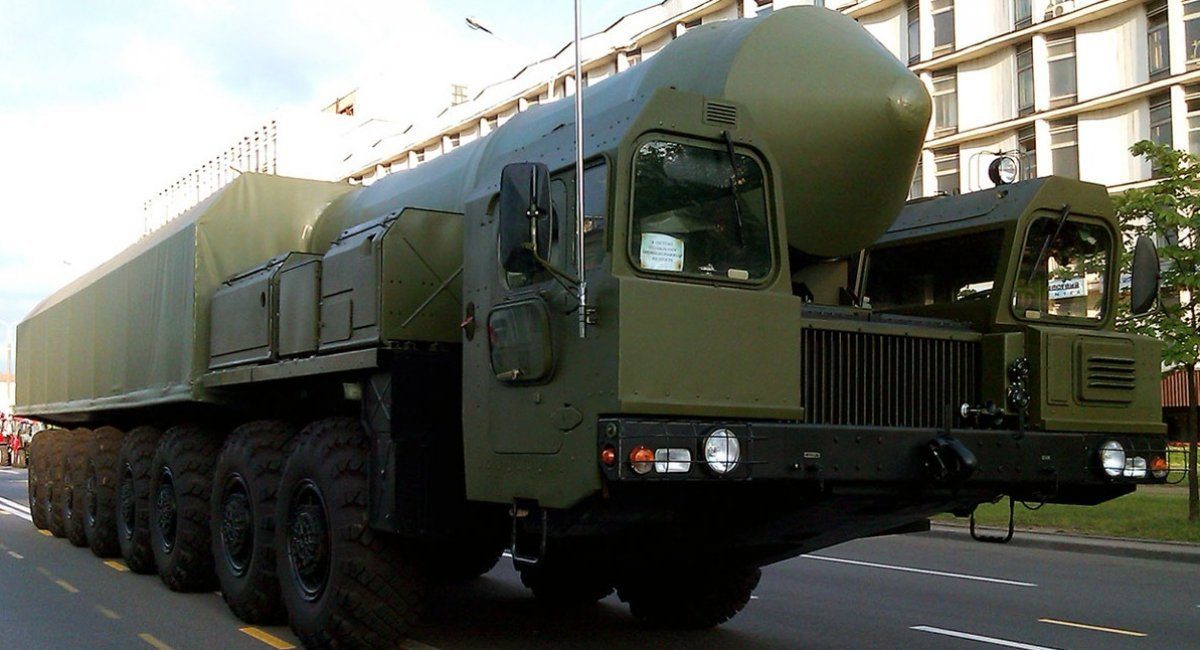
ISW: Kremlin may seek off-ramp from nuclear threats through Oreshnik missile promotion
The Institute for Study of War reported on 16 December that Russian President Vladimir Putin’s increasing focus on the “Oreshnik” ballistic missile might indicate a shift away from nuclear threat rhetoric.
The Russian strike on Dnipro on 21 November 2024 employed a Multiple Independently Targetable Reentry Vehicle (MIRV) missile armed with conventional warheads. While MIRV technology has long been associated with nuclear delivery systems, this marked its first use in combat. Following the attack, Russian leadership began frequently referencing the missile, which Putin referred to as “Oreshnik.”
According to ISW, Putin addressed the Russian Ministry of Defense board on 16 December, discussing military developments and goals. During the address, Putin announced Russia would soon begin serial production of the Oreshnik, which he called Russia’s “latest powerful weapon.”
“Russian President Vladimir Putin’s continued fixation on the Russian “Oreshnik” ballistic missile and Russia’s non-nuclear deterrents suggests that the Kremlin may be searching for off-ramps from its continued nuclear saber-rattling narrative,” ISW says.
ISW says that Putin claimed a “complex manner” strike using the Oreshnik alongside other non-nuclear munitions would be “comparable in power to the use of nuclear weapons.” The Russian president emphasized the missile’s non-nuclear nature, noting this as “a very important element when deciding what means of armed struggle” Russia would employ.
The think tank notes that Putin has previously compared the Oreshnik’s damage potential to nuclear weapons and meteorites.
According to ISW’s analysis, Putin’s recent statements at multiple events, including addresses to the CSTO Security Council in Astana on 28 November and the Ministry of Defense on 22 November, appear to position the Oreshnik as Russia’s primary non-nuclear deterrent.
ISW reports that Russia’s nuclear threats have consistently failed to achieve their intended deterrent effect, with Ukrainian and Western actions repeatedly challenging the Kremlin’s self-imposed thresholds for nuclear use.
The think tank assesses that the Oreshnik missile offers no significantly new capabilities, suggesting that Putin “likely introduced the Oreshnik as a new element in the Kremlin’s wider reflexive-control toolkit as the Kremlin increasingly comes to terms with the fact that Putin’s unwillingness to follow through on hints of nuclear threats is devaluing them such that he must find a rhetorical off-ramp in order to maintain its credibility in the international information space.”
Related:



